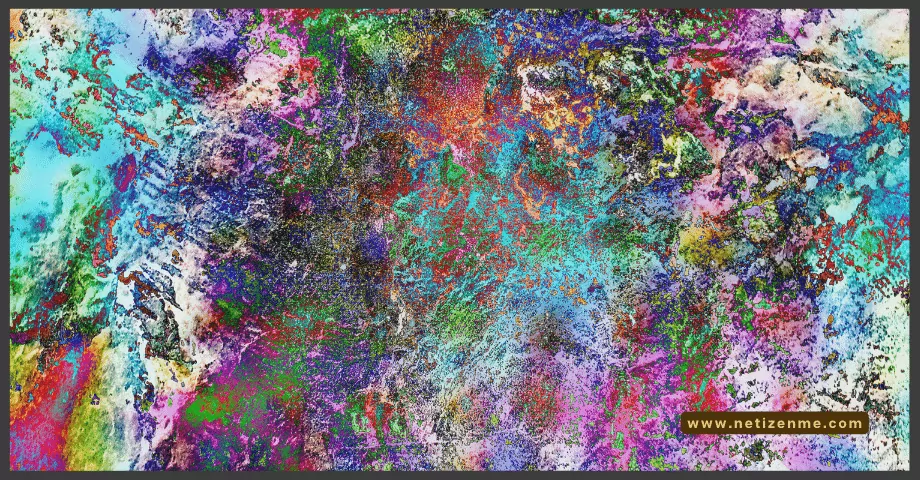Definition, Importance, and the Elements of Art
Definition of Art:
Arts is an activity to give away one’s imagination and creative skills in a tangible form. Art is the communication of an artist’s inner thoughts to the entire world in a visual medium. The human activities involved in creating conceptual ideas, visual images, auditory or performing art crafts, and technical skills which showcase the creator’s imaginations are encompassed as Art.
Art reacts and lives to the era and society from which it is too generated. “Fine Arts”, “Liberal Arts”, “Visual Arts”, “Decorative Arts”, “Applied Arts”, “Design”, “Crafts”, “Performing Arts” are the forms of Art.
What is the importance, elements of art?
Importance of Arts:
The importance of the arts can be judged by their existence in any society. An artist has a level of creativity. Through this creativity, an artist shows his imagination to the entire world. Further. a sense of integrity arises among all the art forms like painting, sculpture, music, films, theatre, etc. Art is all about love, through which an individual forgets all the hard feelings. Further, people feel relaxed by observing an art piece. A particular culture represents by arts. The characteristics, behaviours, and overall impressions of a particular society can be judged by the different varieties of arts. In addition, art enables us to prevent our heritage and facilitate our future generation in the shape of sculptures, paintings, music, movies, etc. Art is confederate with culture and society.
Elements of Arts:
There are seven elements of art. By which an artist can best communicate their message to the audience. Artists combine all these elements in their masterpieces to best describe their intentions of creativity. These elements are like ingredients to make a perfect dish by a chef, although there is no need to use all these elements in a single drawing or sculpture. Two of these elements can create a masterpiece.
- Line
- Shape
- Form
- Space
- Value
- Colour
- texture
Line:
Lines are a dynamic tool that gives the perception of intensity. There are many types of lines, i.e. implied or abstract. These lines may be two dimensional or three dimensional. Lines have a significant impact on the other elements of art. These lines are described by their length being more significant than their width. These marks stretch a distance between two points; also, they can be straight or curved. The lines can also be implied or abstract, and these are used to form a shape and give a formation. Lines are the infrastructure of a picture.
Shape:
The world comprises shapes. To achieve excellent drawing skills, we have to recognise these shapes correctly. The shapes are of two categories: regular and geometric shapes. These shapes are easy to recognise by using simple maths, as these shapes have a particular name associated with them. The shape is two-dimensional, i.e. it has only length and width. Besides these two types of shapes, Organic or accessible forms of shapes are not artificial, and no name is associated with these types of shapes.
Form:
Organic forms rarely have any name associated with them. They exist in their naturally occurring form. This element of art has a meaningful existence. It is three-dimensional, i.e. it has length, width, and height. Artists must have a strong understanding of forms as our entire world is made up of form. Geometric forms have particular names associated with them and are artificial. Organic forms do not have a particular shape or name associated with them.
Space
The area is above, around and within the objects refers to the Space element of art. There are six ways to implement space on a 2-dimensional surface.
1. Overlapping
2. Placement on the Paper
3. Size
4. Detail
5. Color and value
6. Perspective
Space is essential in drawing, painting, or a picture, but some new artists neglect it. While generating a space in a drawing is very easy to exercise. Similarly, while capturing a snapshot, the idea to maintain space is essential. To clarify and point out the central theme, this idea of manipulating the background objects upholding the space is obligatory.
Value:
Value has great importance in art. It deals directly with light and the darkness and lightness of a colour. We can see because of the light. When an artist draws or paints a picture, an illusion is formed in his mind. To draw this illusion, the concept of the reaction of light on the surface is a prerequisite to understanding. Value is vital to the illusion of light.
A full range of value in any art creation displays a drastic impact on the final product. The term full range means they are a sufficient quantity of dark values–shades and light values called – tints.
Colour:
Human acknowledgement of colour combinations variously. While the artist used colour in the different spectrums to give different dimensions in their imaginations. Colour is the element of art that is based on Color theory. The colour theory divides colours into three categories:
Primary, secondary, and tertiary.
Red, yellow, and blue is the primary colours.
Red-purple, red-orange, blue-green, yellow-green, blue-purple
Yellow-orange are the tertiary colours.
Texture:
Texture refers to feeling to touch on its surface, or it may feel if it were touched. The texture is that element of art that creates proficiency in the artist, leading to the perfect drawings and paintings. The texture could be of 2-D, and 2-D texture refers to the way of looks, as it may observe while touching. The repetition of lines and shapes invents 2-D patterns. A clasp of touch arises in a 3-D picture. The illusion of it pretends to be the actual or visual image. Both rough and smooth texture reflects light unevenly.
Matte surfaces are those which reflect soft dull light. It is a painting technique in which the paint is built upon the surface to create texture is called Impasto.
- The Intersection of Human Rights and Immigration Policies

- Influence of International Institutions on Human Rights Compliance

- The Role of International Human Rights Law in Immigration Policies

This article is written by:

Sitwat Jehan
Sitwat Jehan is a Freelance Content Writer at Upwork and LinkedIn.

